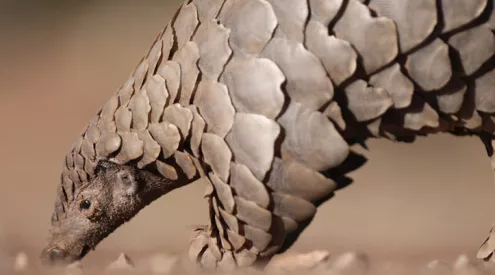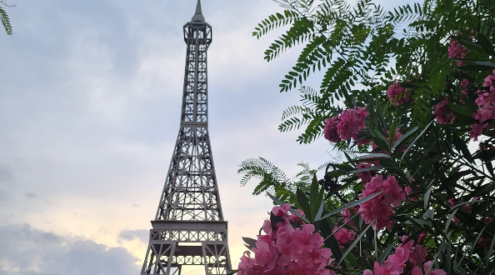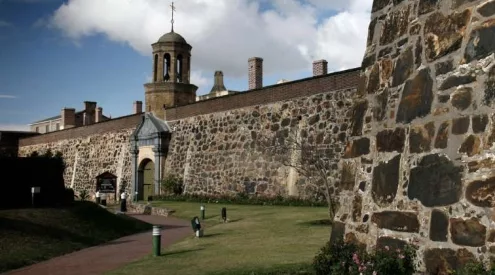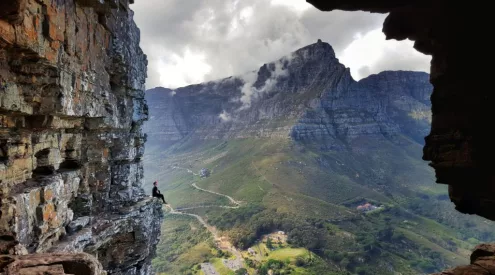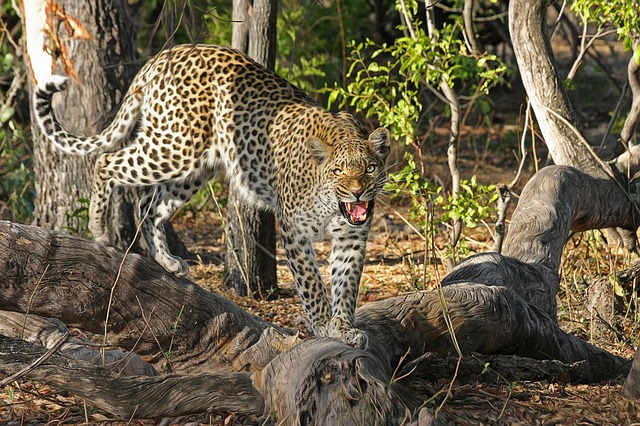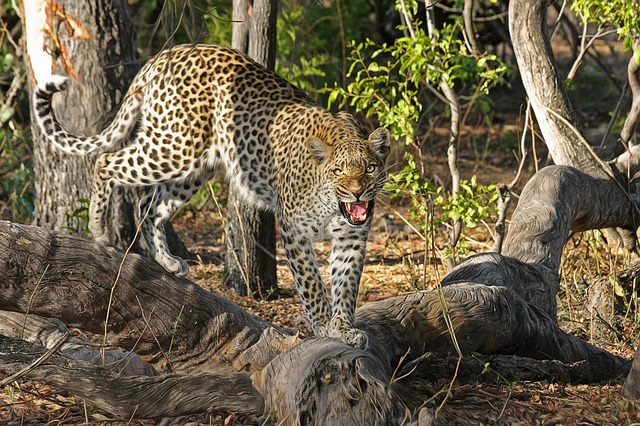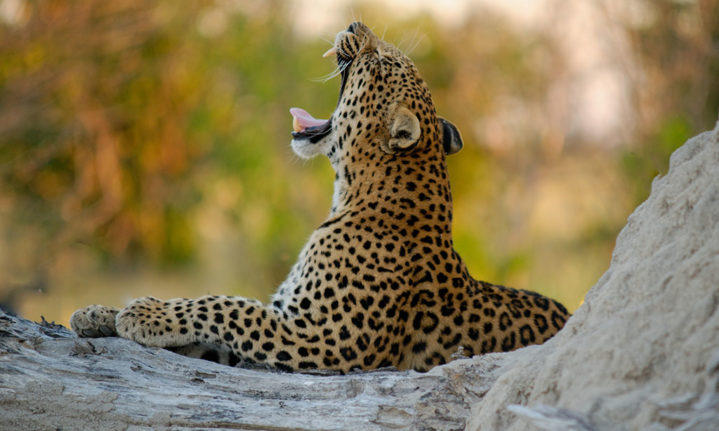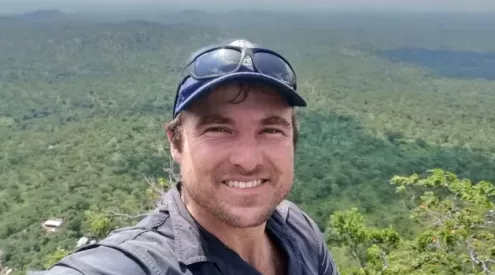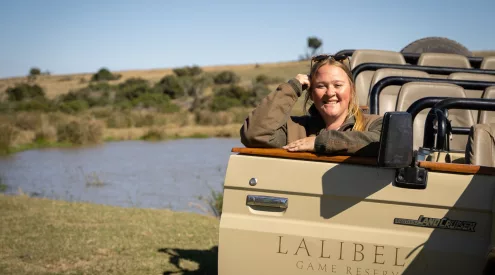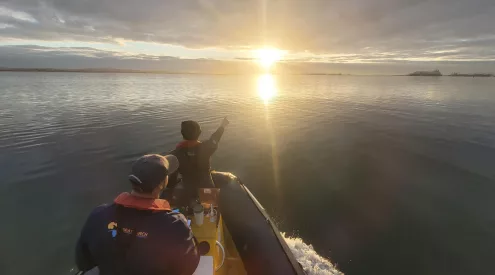BY JANINE AVERY
South Africa has opened hunting season on leopards after two years of grace. The Department of Environmental Affairs (DEA) has given permission to shoot two leopards in KwaZulu-Natal and five in the Limpopo Province. The leopards must be males of seven years or older.

Image: Colin Watts
This decision comes after a zero quota during 2016 and 2017 and is the result of a determination by the Scientific Authority that leopard hunting in certain areas is now sustainable. The Scientific Authority concluded that the hunting of leopards would have no detrimental effect on the survival of leopard in the wild.
This has alarmed conservationists, who contend that the DEA has insufficient scientific evidence to make that call.
Michele Pickover of the EMS Foundation claimed the existing laws and regulations were inadequate to address the many threats facing leopards and the scientific basis for the DEA decision was limited and highly disputed.
“A two year moratorium cannot be sufficient time for the detrimental and unsustainable effects of trophy hunting to be reversed or for its effects to be properly measured,” she said. “Trophy hunting is a threat to their continued existence and negatively impacts on the conservation status.”
Bongani Tembe of the KwaZulu-Natal Department of Economic Development, Tourism and Environmental Affairs, said KZN was allocated the leopard hunts in June, although the official announcement to the public was only made public by DEA Minister Edna Molewa a few days ago (12 August).
According to Brent Coverdale, Chairman of the Leopard Hunting Advisory Forum for Ezemvelo KZN Wildlife, the authorisation enabling the off-take of two leopards for KZN “is based on our provincial monitoring programme and is considered sustainable.”
In approving the allocation, the Scientific Authority recommended that no hunting should take place where leopard populations are in decline or where there is an absence of scientifically robust data on leopard population trends. However it remains unclear if this data is available.
“Their current status and distribution clearly shows that their range is in alarming and precipitous decline,” says Pickover. “Not only is loss of habitat threatening them, but also loss of prey, excessive and unsustainable off-take for recreational purposes, high levels of poaching for commercial purposes and indiscriminate killing such as snaring and retaliatory killing by poison or firearms by farmers.”
This story was published on the Conservation Action Trust

